9 Proven Steps to Stress-Free Commercial Moving
1. Introduction
Commercial moving is more than just transporting desks and boxes—it’s a major project that can directly impact your company’s operations. A poorly executed office move often leads to downtime, employee frustration, and unexpected costs. By following the right moving steps and creating a proper relocation planning strategy, you can ensure a stress-free moving experience that keeps your business running smoothly.
2. Understand Your Business Moving Needs
Every business relocation is unique. Start by identifying the size of your move—whether it’s a small office relocation or a large-scale corporate transition. Consider sensitive equipment, IT infrastructure, and specialized furniture. Establishing a moving timeline and budget early on will prevent last-minute hurdles and help with better logistics.

3. Research Commercial Moving Companies
Choosing the right professional movers requires careful research. Begin by checking online reviews and ratings to understand a company’s reputation. Verify licenses and insurance to ensure compliance and accountability. Look for moving services with proven experience in office relocation and transition management, since not all movers specialize in business relocations.
4. Compare Services and Pricing
Not all moving companies provide the same options. Some offer full-service packages that include packing strategies, storage solutions, and even a pre-move checklist, while others only provide transportation. Always request multiple quotes to compare transparency in pricing. A reliable moving company selection process can save both time and money.

5. Evaluate Professionalism and Experience
Years of experience matter when it comes to business relocation. Ask about staff training, certifications, and past case studies. A trusted mover will provide references from other office move projects and demonstrate expertise in moving logistics. This level of professionalism ensures that even complex relocation planning runs smoothly.
6. Check for Flexibility and Customization
Your commercial moving plan should fit your unique business needs. Some companies offer weekend or after-hours relocation options to minimize work disruption. Flexible services, including customized packing tips and scalable moving strategies, allow businesses to adapt easily—especially if future office relocation projects are expected.

7. Ask the Right Questions Before Hiring
Before finalizing, ask specific questions:
- What’s included in the estimate?
- How are damages handled during an office move?
- What safety measures are followed to protect sensitive equipment?
These moving day tips will help you identify reliable movers and avoid surprises.
8. Red Flags to Avoid
Not all moving companies operate with integrity. Watch out for extremely low estimates that may hide fees later. Be cautious of vague contracts and poor communication. If a company lacks a moving checklist or struggles to explain their relocation planning, it’s a sign to look elsewhere.

9. Finalizing the Right Commercial Mover
After narrowing your options, compare pros and cons of your shortlisted professional movers. Sign a clear agreement outlining costs, services, and timelines. Share the moving checklist and transition management plan with your employees to keep everyone aligned. With the right preparation, even a complex business relocation can be a stress-free moving experience.
10. Conclusion
Commercial moving doesn’t have to be overwhelming. By following these nine proven steps—covering everything from moving logistics and packing strategies to professional movers and relocation planning—you can make your next office relocation smooth, efficient, and cost-effective. A thoughtful moving plan ensures continuity, reduces stress, and sets your business up for success in its new space.
